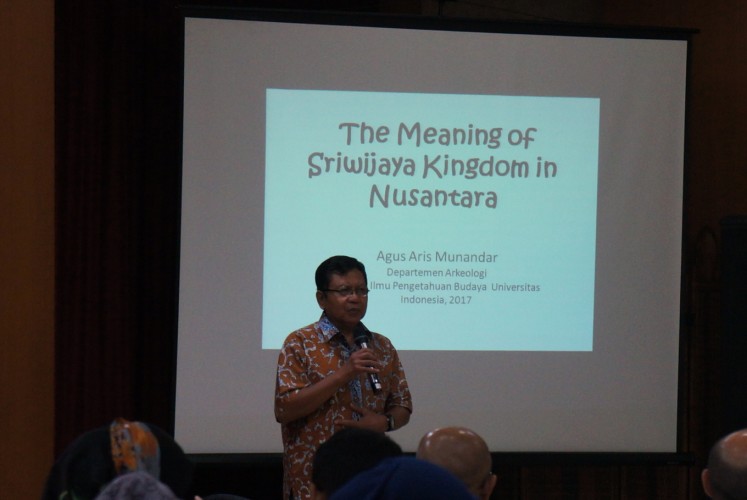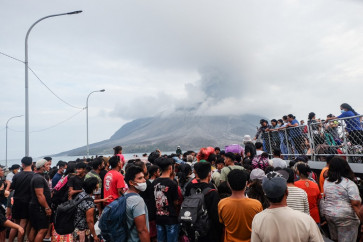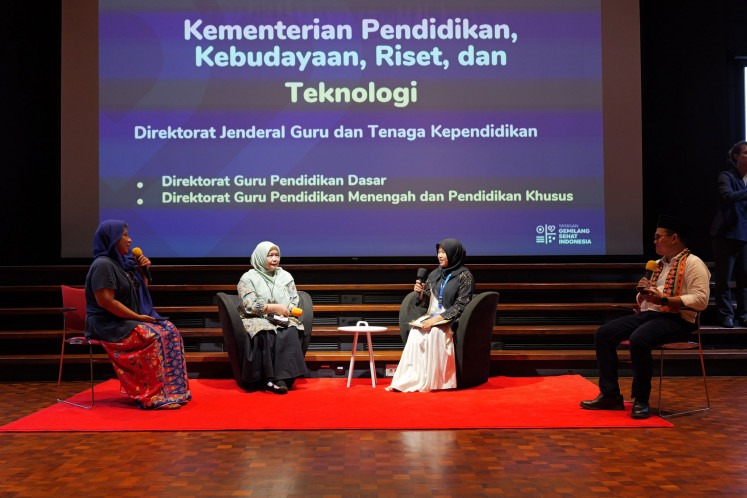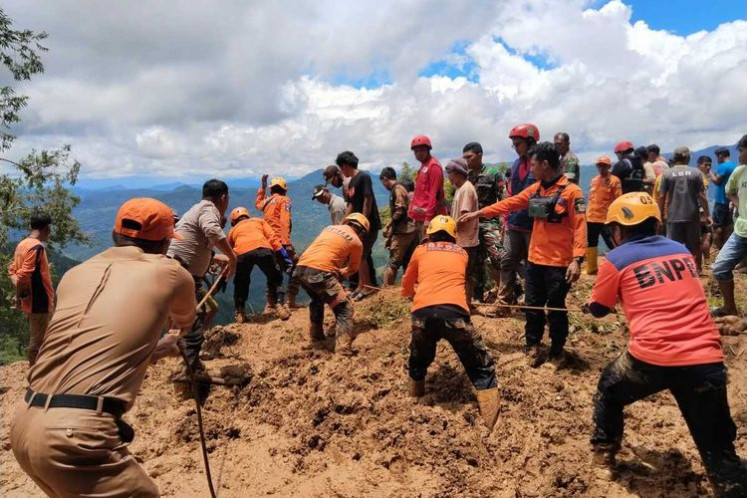Facts about the Sriwijaya-Nalanda 'Knowledge Route'
Change Size
 The ruins of the ancient university Nalanda in Bihar state, India. (Shutterstock/File)
The ruins of the ancient university Nalanda in Bihar state, India. (Shutterstock/File)
Beside the renowned Silk Route and Spice Trail, there is another lesser-known historical trail.
Dubbed the Knowledge Route, this trail connected the Sriwijaya Kingdom in the southwestern part of Sumatra (previously known as Swarnadwipa) and Nalanda university, located in Bihar state in India.
The history of the Knowledge Route was narrated in a public lecture on Friday at the office of the Ministry of Culture and Education in Jakarta, which uncovered several facts about the route.
Read also: Travel back through time along the spice trail at 'Jalur Rempah' Museum Week
Sriwijaya and Nalanda are centers of knowledge
The Sriwijaya-Nalanda trail is known as the Knowledge Route due to both areas’ reputation as places of learning.
Built during the Gupta Empire, Nalanda was the location of an ancient university that attracted students from other countries, including China and Tibet. At that time, students did not only learn about Buddhism, but also astronomy, mathematics, medicine, Eastern philosophy and Greek philosophy.
Meanwhile, Sriwijaya, which was built during the Syailendra dynasty, was based on the Buddha Mahayana belief and its influence spread to India and China. Sriwijaya was also known as the center to learn the Sanskrit language.
“Sanskrit was a foreign language, but it was taught in Sriwijaya,” said Andrea Acri, a researcher from the Nalanda-Sriwijaya Center at the Institute of Southeast Asian Studies in Singapore.
The Knowledge Route
In the 7th century, Yijing, a Buddhist monk from China settled in Sriwijaya and wrote about the center of higher education.
“Yijing advised other monks, who wanted to visit India [Nalanda], to learn Sanskrit in Sriwijaya,” Acri said.
This encouraged travel from China to Sriwijaya to India, and vice versa, for those who wanted to learn about Buddhism.
Read also: Rajasthani music, perfect harmony

The relationship between Sriwijaya and Nalanda
Hassan Wirajuda, a former foreign minister who also attended the seminar, said the ancient university of Nalanda had 15 monasteries.
“But the number one monastery was donated by [the King of] Sriwijaya,” Hassan said.
Stories about King of Sriwijaya can also be found in one of the inscriptions uncovered in Nalanda. Made of bronze in around the 9th century, it tells about King Balaputradewa from Swarnadwipa (Sriwijaya) who was allowed to build a monastery for Sriwijaya students who were studying in Nalanda.
“Among the many monasteries, this monastery [that was built by King Balaputradewa] is the only one that is open for tourists,” said Agus Aris Munandar, an archaeologist from the University of Indonesia (UI), during the seminar. “If you visit that site, you go to that monastery first before visiting other ruins […] Tourists will be able to see a line of rooms that accommodated monks from Sriwijaya.”
Sriwijaya and Nalanda also influenced each other in architecture. One example is a moonstone in Nalanda that bears similarities with the stone that can be found at Kalasan Temple in Central Java.
Also, when Nalanda was destroyed in the 12th or 13th century, its damaged walls still had the remaining cement.
“And the same cement can be found in Sari Temple and Kalasan Temple in Java,” Agus said.
From Nalanda, you can travel to Vikramshila by land, which takes around six hours. Vikramshila used to be another center for learning about Buddhism. Built by Atīśa Dīpaṃkara, a Buddhist monk and renowned scholar from India who traveled to Sriwijaya to learn about Buddhism, its structure and design has similarities with the Muaro Jambi temple compounds in Jambi province. (asw)









